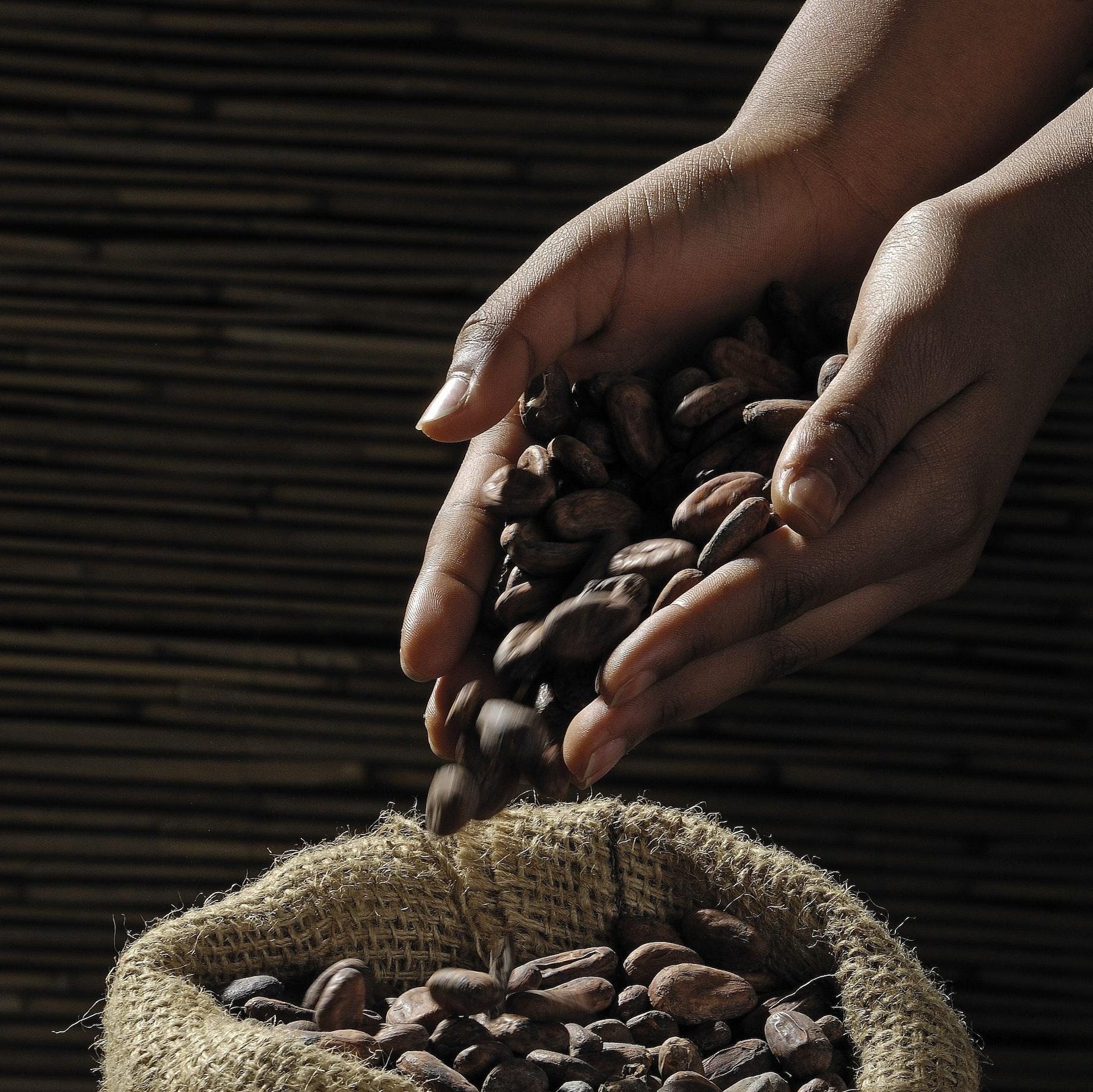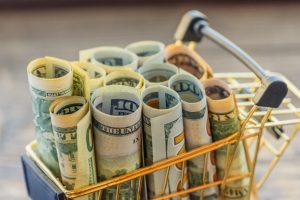STERLING DIPS AGAINST DOLLAR BUT CONTINUES TO RISE VERSUS EURO
Sterling dipped from two-year highs touched against the dollar but made further ground versus the euro on Wednesday as investors focussed the prospect of diverging monetary policies in the United States and Britain. The pound slipped 0.3% to $1.3218, having climbed to its strongest level since March 22 at $1.3269 on Tuesday. It was also on track for a 3.2% rise in August, its biggest monthly gain since Novemeber 2023. Soft U.S. economic data and Federal Reserve Chair Jerome Powell’s comments last week fuelled bets that the U.S. central bank will soon start on a series of interest rate cuts, pushing the dollar lower against a swathe of currencies. The pound also benefited from improving domestic economic data and a cautious tone struck by Bank of England (BoE) Governor Andrew Bailey last week on further rate cuts. The BoE cut its main interest rate by 25 basis points (bps) to 5% in early August, and traders see further rate cuts of 41 bps by the end of the year. The Fed however is seen cutting rates by 103 bps across the three policy meetings that is left this year, market pricing shows. Traders are also debating a possibility of a large 50 bps rate cut next month. Meanwhile, Prime Minister Keir Starmer said on Tuesday it would take a long time to rebuild Britain and rid it of the rot he says took hold under the previous Conservative government, warning “things will get worse before they get better”.
US DOLLAR RISES BROADLY AS INFLATION DATA UNDERPINS SMALLER FED CUT
The U.S. dollar gained on Friday after data showed a key inflation measure came in line with forecasts, while personal spending and income increased, supporting expectations the Federal Reserve will likely cut interest rates by a smaller 25 basis points next month, instead of 50 bps. Some market participants had expected the larger cut next month on the notion that the Fed was behind the curve in terms of easing and should play catchup. U.S. rate futures on Friday implied a 31% chance of a 50 basis-point rate cut next month, down from Thursday’s 35% probability, LSEG calculations showed, with the market fully pricing at the September meeting the Fed’s first easing in more than four years. Markets have also factored in about 100 bps of cuts by the end of 2024. The dollar rose 0.8% to 146.09 yen after the inflation data, for its largest daily gain in two weeks. It was up 1.2% for the week, on track for its biggest weekly rise since mid-June. But the greenback remained down 2.6% for August, falling for a second straight month versus the Japanese currency. Friday’s data showed the personal consumption expenditures (PCE) price index rose 0.2% last month, in line with expectations, after an unrevised 0.1% advance in June. In the 12 months through July, the PCE price index increased 2.5%, matching June’s gain. Consumer spending was also 0.5% higher last month after expanding 0.3% in June.
CANADIAN DOLLAR NOTCHES BIGGEST MONTHLY ADVANCE THIS YEAR
The Canadian dollar held on to much of its monthly gain against its U.S. counterpart on Friday as investors bet the global economy would avoid recession and Canadian GDP data did little to alter expectations for Bank of Canada interest rate cuts.The loonie was trading 0.1% lower at 1.35 to the U.S. dollar, or 74.07 U.S. cents, as the U.S. dollar clawed back some recent declines against a basket of major currencies.Still, the Canadian currency was up 2.3% for the month, its biggest monthly gain since December. The move in August was driven by broad-based weakness in the U.S. dollar, said Erik Nelson, a macro strategist at Wells Fargo Securities in London. “It tracks with widespread pricing of a global ‘soft landing’ with inflation receding, growth expectations and risk assets still elevated and central banks firmly on the path to lower rates,” Nelson said. Canada’s economy grew at an annualized rate of 2.1% in the second quarter, beating estimates for a gain of 1.6%. Still, the mix of growth, which was led by government expenditures, failed to impress some economists, while monthly data showed activity stalling in June and likely again in July.
STERLING STEADY BUT HEADS FOR WEEKLY FALL ON DOLLAR STRENGTH
Sterling steadied on Friday but was set to end the week slightly lower after strong U.S. data underpinned the dollar. The pound GBP=D3 was last up 0.1% at $1.3181 yet was set to finish the week down 0.22%. The euro EURGBP=D3 was slightly lower against the pound at 84.05 pence. Investors on Friday were waiting for the release of the U.S. personal consumption expenditures Sterling has fallen after hitting a two-year high against the dollar on Tuesday, with stronger-than-expected U.S. economic data on Thursday helping boost the American currency. The pound rallied over the previous two weeks, supported by investor expectations that the Bank of England will cut rates less sharply than the Federal Reserve in the coming months, after making its first reduction in August. The euro remains around its lowest against the pound in two years as investors expect faster rate cuts from the European Central Bank than the BoE. Euro zone inflation slowed sharply to 2.2% year-on-year in August, data showed on Friday. “A rebound in EUR/GBP now requires a meaningful rebuilding in Bank of England easing expectations,” said Francesco Pesole, currency strategist at ING. “That seems unlikely to happen until we get new tier-one data in the UK, as BoE officials have broadly reiterated a cautious stance on easing.” Data on Friday did little to budge sterling ahead of the U.S.
SOUTH AFRICAN RAND FIRMS TO 13-MTH HIGH AHEAD OF KEY US INFLATION READING
The South African rand firmed on Thursday to its strongest level in 13 months, buoyed by the return of risk appetite to financial markets ahead of key U.S. inflation data which could solidify rate cut bets in the world’s biggest economy. At 1546 GMT the rand traded at 17.7675 against the dollar , about 0.38% stronger than its previous close. It hit 17.6775 to the greenback earlier in the day, its best performance since late July 2023. The dollar index , measuring performance against a basket of currencies, was last up 0.36%, after data showed the U.S. economy grew a little faster than expected in the second quarter. Globally, markets will look to key U.S. Personal Consumption Expenditures (PCE) price index on Friday, the Federal Reserve’s preferred measure of inflation. If the inflation report is positive, it is another argument in favour of cutting interest rates in September. Like other emerging market currencies, the rand often takes cues from global drivers in addition to local factors. South Africa’s producer inflation (ZAPPIY=ECI), opens new tab fell to 4.2% year on year in July from 4.6% in June, statistics agency data showed on Thursday. Local investors will now shift focus to July money supply, trade and budget balance data on Friday. On the Johannesburg Stock Exchange, the blue-chip Top-40 index (.JTOPI), opens new tab closed about 0.34% up.
- CAPITALDIGEST MARKET REVIEW , 03/11/2025November 3, 2025
- CAPITALDIGEST DAILY NEWS, 03/11/2025November 3, 2025
- CAPITALDIGEST MARKET REVIEW, 22/09/2025September 22, 2025
Enter your email address for receiving valuable newsletters.
- CAPITALDIGEST DAILY NEWS, 03/11/2025NNPCL WEIGHS OVERHAUL, REPURPOSING OPTIONS FOR REFINERIES The Nigerian National Petroleum Company Limited has said...November 3, 2025
- CAPITALDIGEST MARKET REVIEW, 22/09/2025STERLING RISES AGAINST DOLLAR ON FED-BOE POLICY DIVERGENCE Sterling gained against the dollar on Tuesday,...September 22, 2025
- CAPITALDIGEST DAILY NEWS, 22/09/2025OIL REFORMS DRIVE $18.2BN DEALS – FG Nigeria’s oil and gas sector is experiencing a...September 22, 2025















